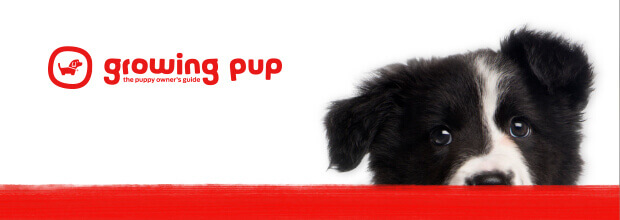History and Origins
Country of Origin: Finland
Bred to hunt by scent and sight, the Finnish Spitz has been a hunting dog for centuries and is still used today in Finland to track capercaillie and black grouse. In the past they also hunted large game including elk (moose) and bear.
Their position in the hound group in the UK is a little unusual as this Spitz type breed actually performs a HPR (Hunt, Point, Retrieve) role in the field. They track game by scent, then point at the game up a tree whilst barking softly and waving their tail which lulls the game into a false sense of security and alerts the hunter. As the hunter gets closer the dog barks louder and moves around the tree. The bird wishing to keep an eye on this suspicious yet mesmerising creature turns to keep it in view, and then the hunter can sneak up quietly and shoot the bird!














